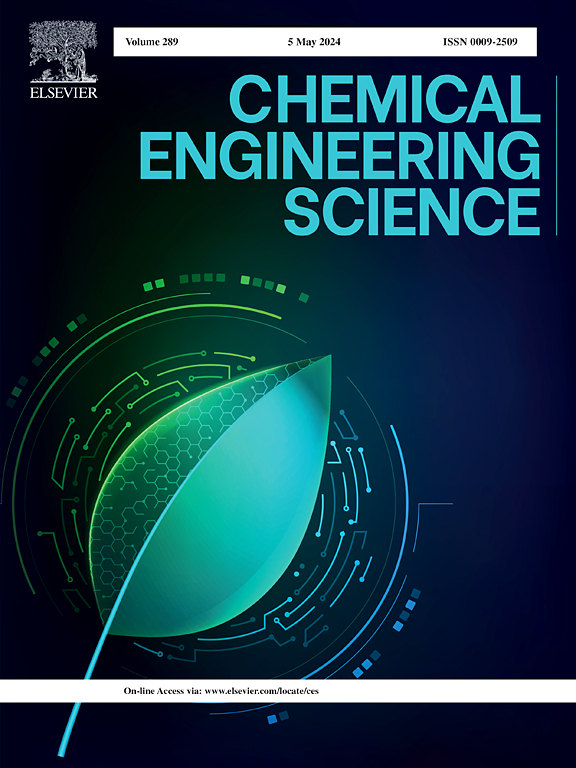磷诱导高硅铝高钙铁煤气化渣网络结构的聚合解聚机理
IF 4.1
2区 工程技术
Q2 ENGINEERING, CHEMICAL
引用次数: 0
摘要
含磷废物与煤共气化过程中炉渣的流动特性对发展携流气化含磷废物共处理技术至关重要。本文以高硅铝(Si-Al)煤和高钙铁(Ca-Fe)煤为对照品,简化为SiO2-Al2O3-CaO-Fe2O3。利用氧化剂制备合成灰,并加入P2O5,研究其对煤灰流动行为的影响以及磷在渣网结构中的聚合-解聚机理。结果表明:在高硅铝渣中,P5+与Si4+竞争Al3+和O2 -,导致硅铝四面体解聚,形成铍石;当P2O5含量为10 %时,混合灰的aft降至1413 °C。在高钙铁渣中,P形成了[PO4]3-四面体结构并引起了再聚合。磷酸钙和钙长石的形成使混合灰的AFTs从1206 °C提高到1315 °C, P2O5含量为15 %。本文章由计算机程序翻译,如有差异,请以英文原文为准。


Phosphorus-induced polymerization-depolymerization mechanism of high silica-alumina and high calcium-iron coal gasification slag network structure
The flow behavior of slag during the co-gasification of phosphorus-containing wastes and coal is crucial for developing the co-treatment technology of phosphorus-containing wastes in the entrained flow gasification. In this work, high silica-alumina (Si-Al) and high calcium-iron (Ca-Fe) coal were used as reference materials, simplified to SiO2-Al2O3-CaO-Fe2O3. Synthetic ash was prepared with oxidizing reagents, and P2O5 was added to study its impact on coal ash flow behavior and the phosphorus-induced polymerization-depolymerization mechanisms in the slag network structure. Results showed that P5+ competed with Si4+ for Al3+ and O2– in high Si-Al slag, causing depolymerization of silica-alumina tetrahedra and forming berlinite. The AFTs of the mixed ash decreased to 1413 °C at 10 % P2O5. In high Ca-Fe slag, P formed the [PO4]3- tetrahedral structure and induced the repolymerization. The formation of calcium phosphate and anorthite increased the AFTs of the mixed ashes from 1206 °C to 1315 °C at 15 % P2O5.
求助全文
通过发布文献求助,成功后即可免费获取论文全文。
去求助
来源期刊

Chemical Engineering Science
工程技术-工程:化工
CiteScore
7.50
自引率
8.50%
发文量
1025
审稿时长
50 days
期刊介绍:
Chemical engineering enables the transformation of natural resources and energy into useful products for society. It draws on and applies natural sciences, mathematics and economics, and has developed fundamental engineering science that underpins the discipline.
Chemical Engineering Science (CES) has been publishing papers on the fundamentals of chemical engineering since 1951. CES is the platform where the most significant advances in the discipline have ever since been published. Chemical Engineering Science has accompanied and sustained chemical engineering through its development into the vibrant and broad scientific discipline it is today.
 求助内容:
求助内容: 应助结果提醒方式:
应助结果提醒方式:


